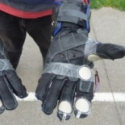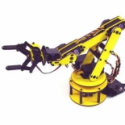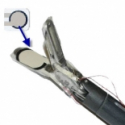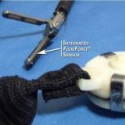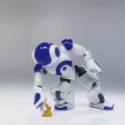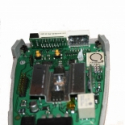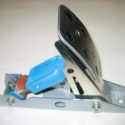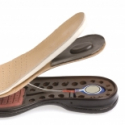Background As motorbike riders control the majority of a bike's functions with their hands (steering, adjusting the throttle, and using the front brake or clutch), hand dexterity performance is crucial for safe riding. Even minor changes to control inputs can cause a rider to lose control of their...
Applications
Pressure, Force and Temperature Measurement Applications
Tekscan's force, pressure, and temperature sensors and measurement systems are used in a wide variety of OEM, Research and Development, and Clinical applications. If you don't see your application listed below, contact us to discuss the opportunity.
Displaying 1 - 8 of 8
